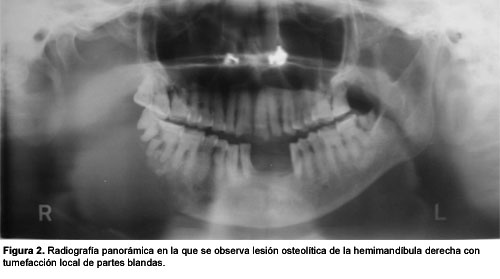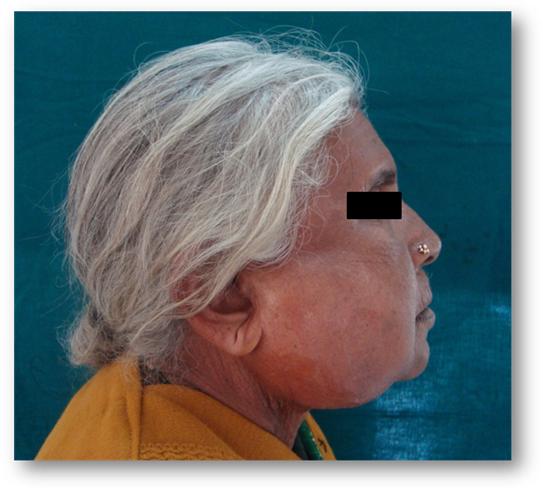PRESENTACION MANDIBULAR PRIMARIA DEL LINFOMA NO HODGKIN
Los linfomas no Hodgkin comprenden un grupo de neoplasias con un amplio espectro de comportamiento. Cuando se presentan en la mandíbula pueden aparentar ser infecciones odontogénicas o tumores benignos. Los autores comentan un caso clínico y resumen los conocimientos actuales sobre esta enfermedad.
Institución del autor
J.S.S Dental College and Hospital, Mysore, India
Coautores
Karthikeya Patil* Prasannasrinivas Deshpande**
J.S.S Dental College and Hospital, Mysore, India*
BDS, (MDS), J.S.S Dental College and Hospital, Mysore, India**
Primera edición en siicsalud
3 de octubre, 2011













